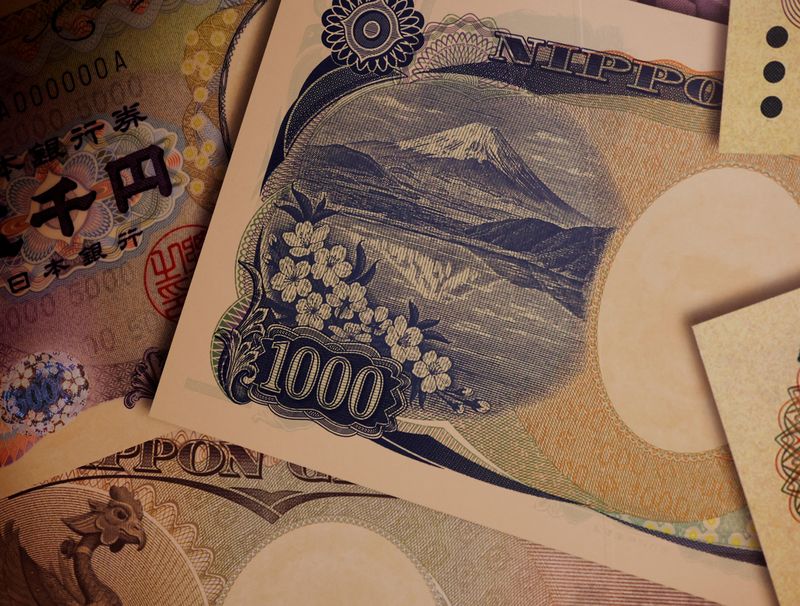History of Japan’s intervention in currency markets

A Dive into Japan’s Currency Market Interventions: A Historical Perspective
Introduction:
Japan’s intervention in currency markets has been a significant feature of its economic policy for decades. With a history marked by periods of economic growth, stagnation, and recovery, Japan’s approach to managing its currency has been both strategic and controversial. This article aims to provide a comprehensive overview of Japan’s interventions in currency markets, exploring the motivations behind these actions, their impact on the global economy, and the evolving strategies employed by Japanese policymakers over time.
Post-World War II Reconstruction:
Following the devastation of World War II, Japan embarked on a remarkable journey of reconstruction and economic development. During the early post-war period, the Japanese yen was pegged to the U.S. dollar under the Bretton Woods system, which aimed to stabilize exchange rates and facilitate international trade. However, as Japan’s economy began to recover and grow rapidly, pressure mounted to revalue the yen to reflect its newfound strength.
The Plaza Accord and Yen Appreciation:
In the mid-1980s, amid concerns about Japan’s growing trade surplus with the United States and other nations, major economies convened at the Plaza Hotel in New York and reached an agreement known as the Plaza Accord. This accord aimed to depreciate the U.S. dollar relative to other major currencies, including the Japanese yen, in order to address trade imbalances.
The subsequent appreciation of the yen posed challenges for Japan’s export-driven economy, as a stronger currency made Japanese goods more expensive in overseas markets. In response, Japanese authorities began intervening in currency markets to stem the yen’s rise, selling yen and buying foreign currencies to weaken its value.
The Lost Decade and Currency Intervention:
Japan’s economic bubble burst in the early 1990s, leading to a prolonged period of stagnation known as the “Lost Decade” and subsequent decades of tepid growth. Throughout this period, Japanese policymakers continued to intervene in currency markets, albeit with varying degrees of effectiveness. The goal remained to prevent excessive yen appreciation that could further hamper Japan’s export competitiveness and exacerbate deflationary pressures.
Quantitative Easing and Unconventional Monetary Policy:
In the aftermath of the global financial crisis of 2008, Japan implemented aggressive monetary stimulus measures, including quantitative easing (QE), to combat deflation and spur economic growth. These unconventional policies, coupled with verbal interventions to influence exchange rates, marked a departure from traditional currency interventions. The Bank of Japan’s (BOJ) massive asset purchases aimed to weaken the yen indirectly by lowering interest rates and boosting liquidity, rather than through direct intervention in currency markets.
Abenomics and the Weakening Yen:
The election of Prime Minister Shinzo Abe in late 2012 ushered in a new phase of economic policy known as “Abenomics,” characterized by a mix of monetary easing, fiscal stimulus, and structural reforms. One of the key objectives of Abenomics was to drive yen depreciation to support export competitiveness and combat deflation. The BOJ, under Governor Haruhiko Kuroda, pursued an aggressive monetary policy stance, further expanding QE and adopting a target of 2% inflation.
Contemporary Challenges and Future Prospects:
Japan’s interventions in currency markets have not been without criticism, both domestically and internationally. Critics argue that prolonged intervention distorts market mechanisms, creates moral hazard, and fails to address underlying structural issues in the economy. Moreover, in an era of globalization and interconnected financial markets, the effectiveness of unilateral currency interventions is increasingly questioned.
Looking ahead, Japan faces ongoing challenges in managing its currency amidst shifting global dynamics, including trade tensions, geopolitical uncertainties, and the rise of digital currencies. As the world navigates a complex economic landscape, Japan’s approach to currency intervention will continue to evolve, shaped by domestic imperatives and international developments.